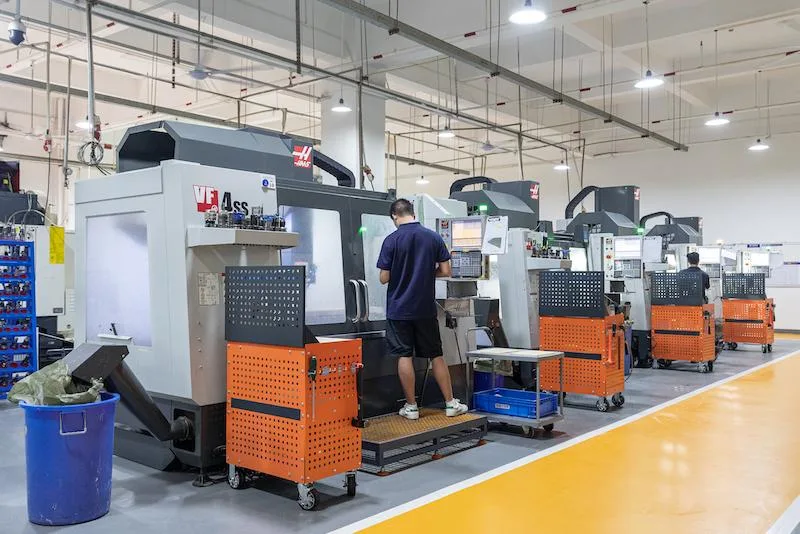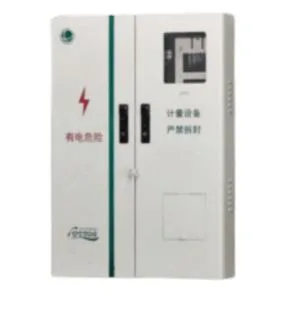Optimizing Lead Time and Accuracy for Complex Parts Using Advanced 5-Axis Techniques
The demand for complex parts with unnatural contours, curves, and undercuts continues to rise in special applications CNC machining parts and industries like aerospace, mold making, and medical device manufacturing.
Specifically, compound curves in metal parts and intricate geometry require machining solutions that achieve your desired accuracy and tolerance and optimize cycle times. One way you can achieve quicker lead times while maintaining accuracy is through 5-axis machining.
Optimizing Lead Time and Accuracy for Complex Parts Using Advanced 5-Axis Techniques
5-axis CNC machining is crucial for optimizing lead times vs traditional 3-axis because the tool and workpiece orient dynamically around multiple axes. This minimizes the number of machining steps and tool switches. There’s less operator involvement and higher repeatable precision.
In this article, you’ll learn about how WayKen rapid prototyping use 5-axis machining and leveraging advanced machining techniques to optimize lead times and improve part quality.
Using One-Setup Machining to Reduce Setup Time and Cumulative Error
Traditional machining workflow and methods require multiple setups. For instance, they start with clamping, repositioning, and manual realignment that exposes workpiece sections for machining. Each setup step has a chance of error and misalignment due to the manual nature.
While minor deviations may be negligible, they accumulate across multiple reorientations. By contrast, simultaneous 5-axis machining allows machining of the part’s surface in a single setup.
The main advantage and difference is the tilting of the workpiece and spindle, which allows the tool to access steep undercuts without manually changing the workpiece orientation. This leads to:
- Reduced Setup Time: Removing intermediate and subsidiary steps reduces total cycle time.
- Better Accuracy: A datum is a fixed point of reference in machining. Maintaining a single datum during the machining of complex parts reduces cumulative errors for features with micro tolerances.
The key to achieving such results is programming and workholding design. 5-axis machining requires an accurate CAM setup that controls the rotary movement and tilt, which reduces dwell times between feature cutting.
Leveraging Automatic Toolpath Optimization to Enhance Machining Accuracy
5-axis toolpath algorithm goes beyond simply positioning 5-axis movement. Automatic toolpath optimization tools can dynamically adapt feed rates, step overs, and lead angles for the best surface finish and accuracy.
- Collision Avoidance
Toolpath optimization software, especially CAM software, simulates the movement of real-time axes. The algorithms can recognize collisions and axis changes that can cause deflection or gouges and correct them.
- Shaped Tools (Barrel and Tapered Tools)
CNC machining parts using 5-axis is mainly a milling technique. Using tools like tapered end mills, CNC machinists can reach larger contacts, resulting in improved surface finishes (reduces scallop height).
- Adaptive Feed Rate
Automatic toolpath optimization collects material removal rates across the paths the tool uses and adjusts the feed rates dynamically. For instance, the cutting speed automatically increases in light cutting zones. It slows down where the tool encounters higher loads, reducing deflection and tool wear, and reducing costs.
Applying High-Efficiency Roughing to Cut Material Removal Time
Most rapid prototyping projects start from solid billets, and roughing accounts for most of the cutting in the cycle time. In 5-axis CNC machining, high-efficiency roughing or dynamic milling shortens this stage.
Some of the ways to achieve high efficiency roughing include:
- Maximizing Cutter Engagement
One way to maximize lead times is by adapting the tool path to engage the cutter’s edge with the part, maximising high-feed milling. Toolpaths are precalculated to maintain uniform chip removal, which reduces the chances of sudden force changes that can leave behind chatter marks and tool deflection.
- Trochoidal Milling and Adaptive Clearing
In trochoidal milling, the tool follows a circular arc and advances linearly, resembling a trochoid. The difference between traditional CNC milling and 5-axis trochoidal milling is that it uses a smaller radial depth of cut, which reduces heat generation.
It also allows for deeper axial cuts, which remove more material in a single pass, leading to more efficient cutting.
These CAM strategies generate smooth arcs and constant step overs, resulting in quicker lead times and extended tool life up to 3 times more than traditional 3D pocketing.
- Multi-Axis Roughing
Multi-axis roughing uses tilts to engage the tool axis to the material at every stage. This benefit is better chip removal and deeper cuts at high feeds.
Implementing Real-Time Tool Compensation and In-Process Inspection
In-process inspection is important for machining because even advanced programming and optimized toolpaths can cause deviations due to material hardness, tool wear and thermal growth.
- Tool Length Compensation
5-axis machining performs touch-off after every tool switch. Probing tools can detect discrepancies in material removal after regular tool passes to detect tool wear and chip buildup. It can also apply dynamic compensation to the toolpath without the need of CNC machinists.
- Workpiece Probing
In-process measurement lets machines verify the cut features mid-cycle. If there is any dimensional inaccuracy, the automatic probing cycles can detect and the program can cut again. Plus, if there is any misalignment in the part fixture, instead of readjusting the fixture, the machine can shift its coordinate system and continue cutting.
- Thermal Compensation
To optimize lead times with multi-axis machines, some machines also use temperature sensors on spindles. Software algorithms can compensate movements based on thermal signatures, which ensures accuracy and position stability especially during long machining sessions.
Conclusion
5-axis machining continues to be one of the most efficient solutions in Wayken rapid prototyping for producing complex, high-precision components. Simply having a 5-axis machine is not enough; leveraging its complete use requires implementing advanced techniques.
One setup machining, automatic toolpath optimization and in-process inspection allows manufacturers to significantly reduce lead times and achieve a faster material removal rate. It also ensures consistent part quality across large production.





